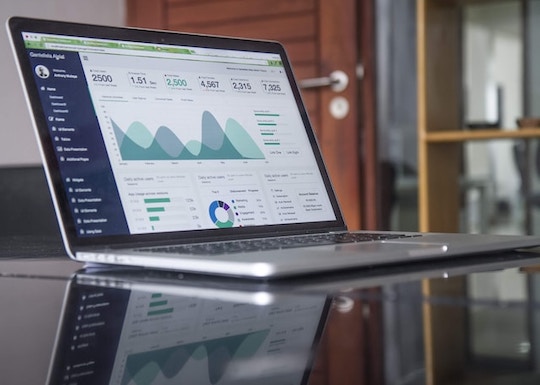“Don’t let statistics do a number on you.”
—Fortune Cookie
These days you hear a lot about big data and how the use of information collected has impacted all of us for both good and bad.
Here are some common statistics used in our daily lives:
- Weather forecasting
- Sales tracking
- Healthcare spending and insurance
- Monitoring traffic patterns
- Financial models and investing
- Manufacturing and quality improvements
- Urban planning and population modeling
Unfortunately, we are learning more and more about how statistics are used to mislead and manipulate all of us. Areas in which things can go wrong include:
- The use of misleading graphs
- Selective data displays
- Omitting the baseline
- Distinguishing causation and correlation
- Prosecutor’s fallacy
EXERCISE:
Where do you get your information on the subject of climate change? How fact based and objective are your sources?
Consider reading The Carbon Almanac as a source that is objective and easily verified.
What statistics and other sources of information do you currently trust, but could benefit from the use of greater verification?

